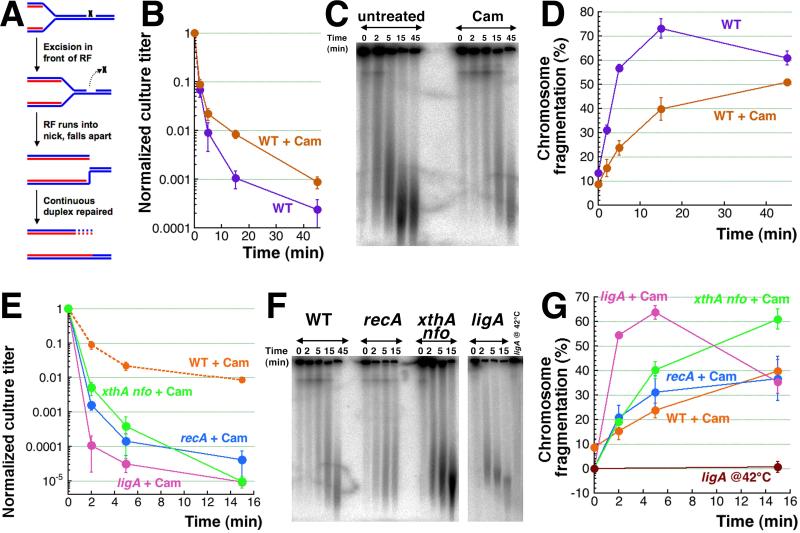Fig. 7. CN+H2O2-induced killing and chromosome fragmentation in chloramphenicol-treated cells.
A. A scheme of replication fork (RF) collapse at a ss-break in template DNA.
B. Kinetics of death in WT cells treated with 40 μg/ml chloramphenicol for two hours, to stop any replication in the chromosome, before treatment with 3 mM CN + 2 mM H2O2.
C. A representative gel showing the level of CN + H2O2-induced chromosomal fragmentation in chloramphenicol-treated versus untreated WT cells.
D. Quantification of the kinetics of chromosomal fragmentation from several gels like in “C”.
E. Kinetics of death of non-replicating WT, recA, ligA(Ts) and xthA nfo cultures pre-treated with 40 μg/ml chloramphenicol (Cam) for 2 hours before treatment with 3 mM CN + 2 mM H2O2. The ligA(Ts) mutant was pre-grown and treated with chloramphenicol at 28°C and was shifted to 42°C upon adding CN + H2O2.
F. A representative pulsed-field gel demonstrating the catastrophic chromosomal fragmentation induced in chloramphenicol pre-treated non-replicating WT, recA, ligA(Ts) and xthA nfo cultures by the 3 mM CN + 2 mM H2O2 treatment.
G. Quantification of the kinetics of chromosomal fragmentation upon treatment with 3 mM CN + 2 mM H2O2 (from several gels like in ‘F’) in chloramphenicol pre-treated non-replicating WT, recA, ligA(Ts) and xthA nfo cultures. Lack of fragmentation in the untreated ligA(Ts) mutant at 42°C within the time frame of experiment is also shown.

